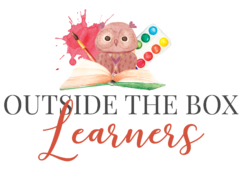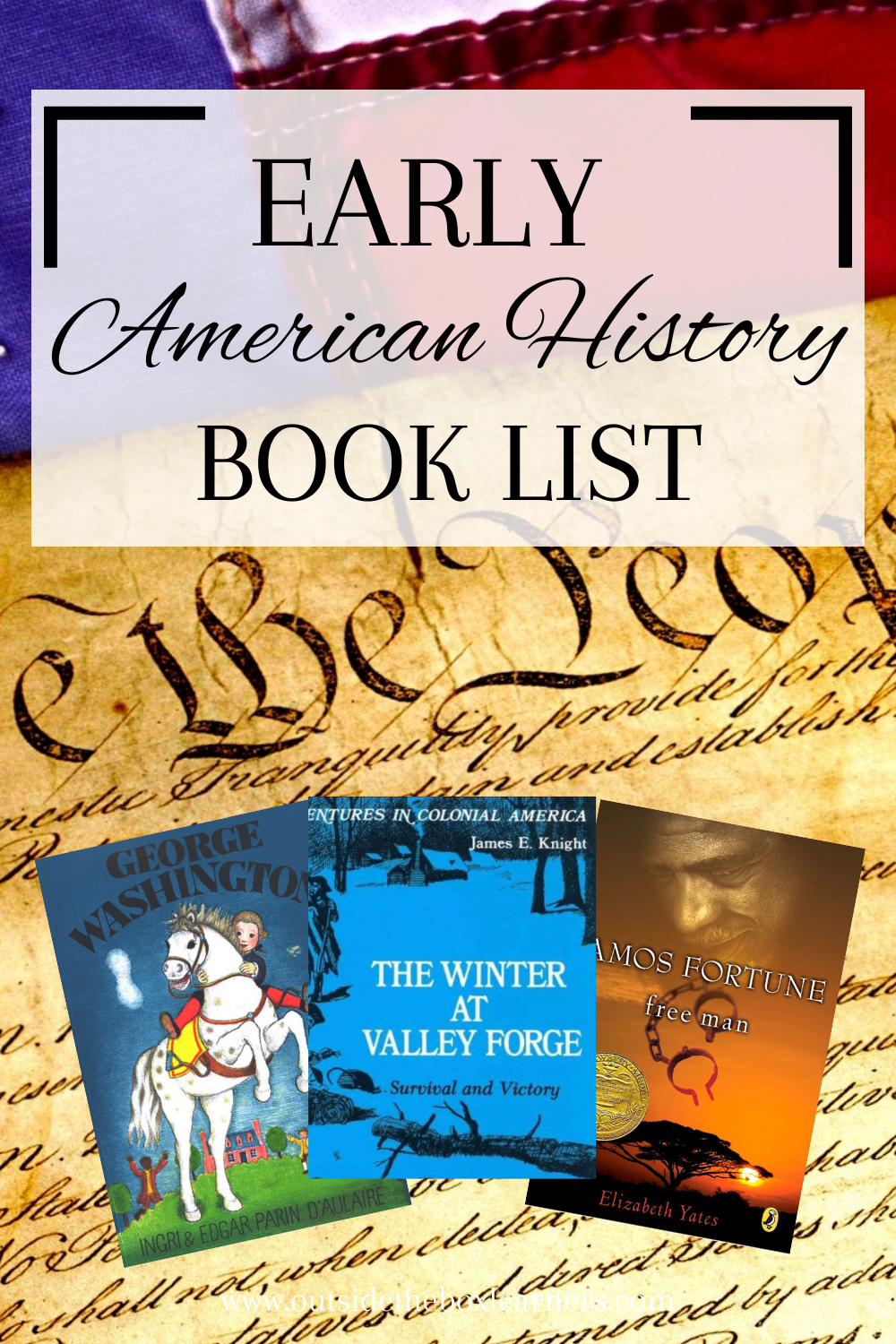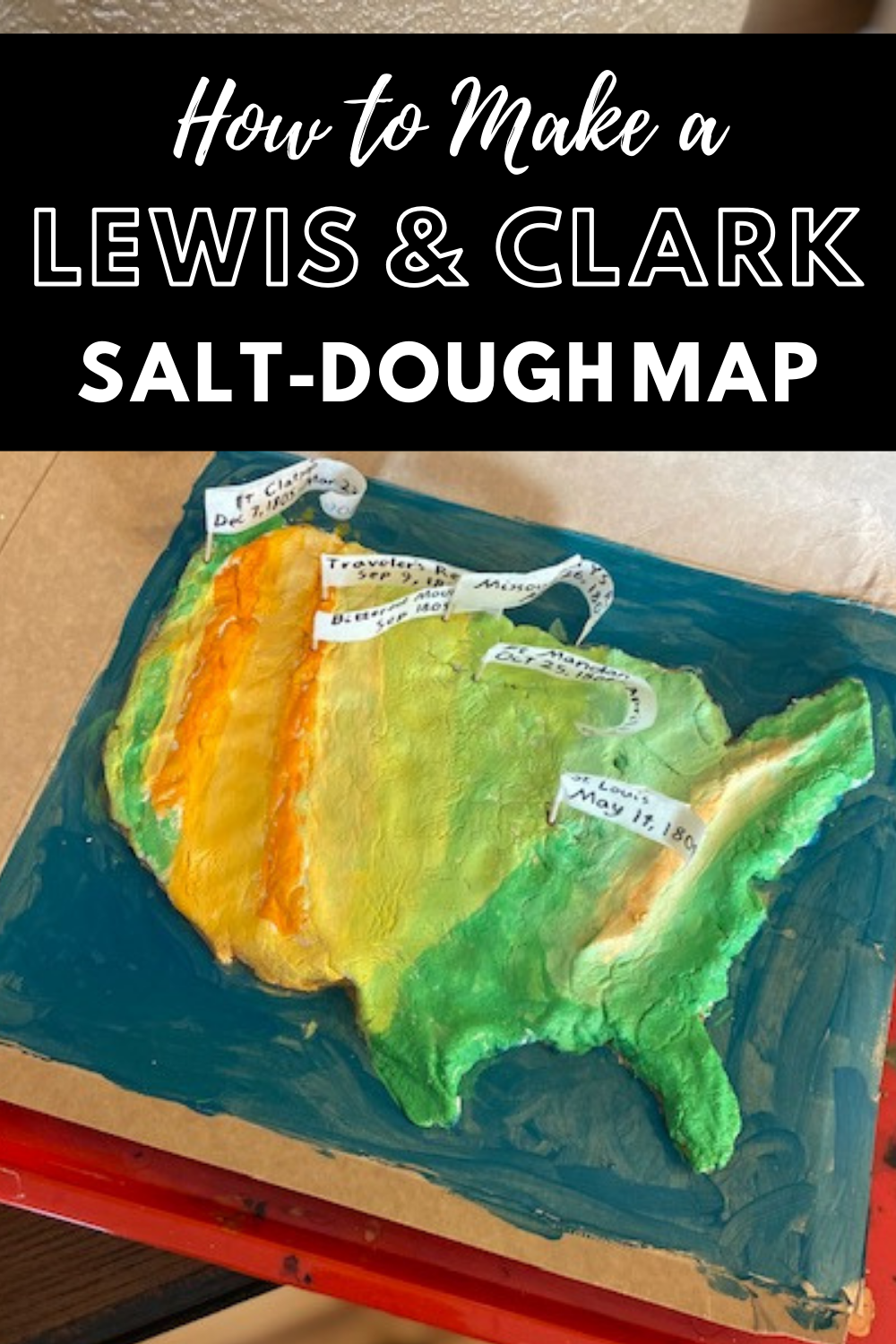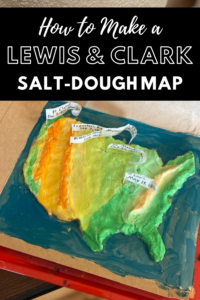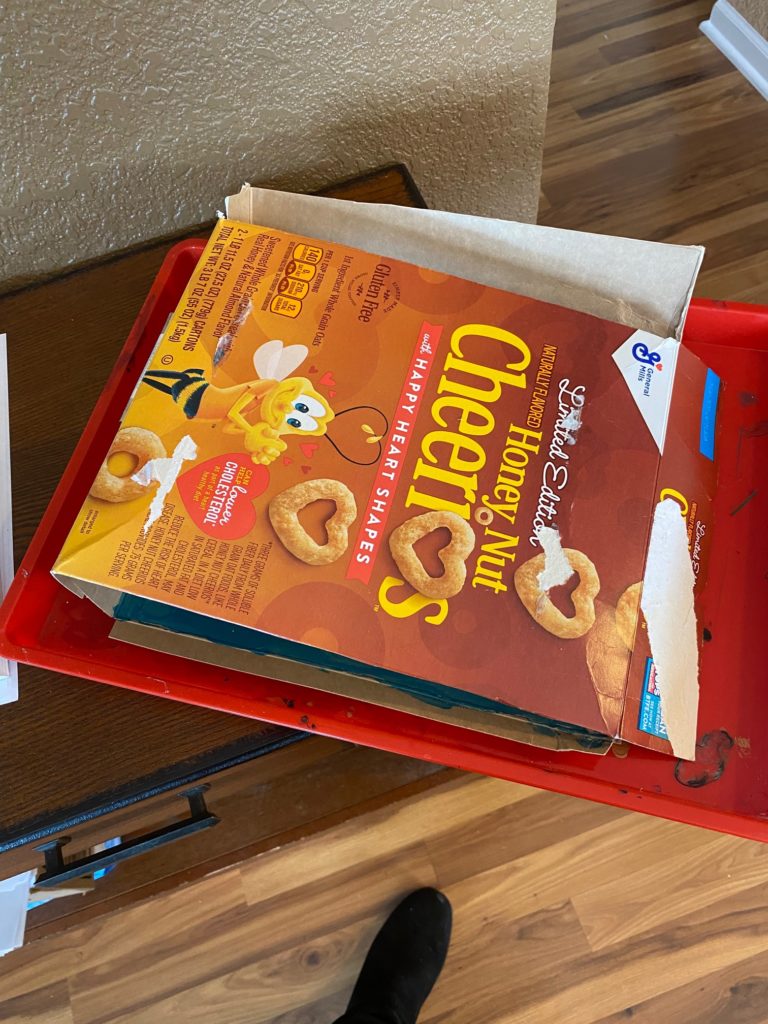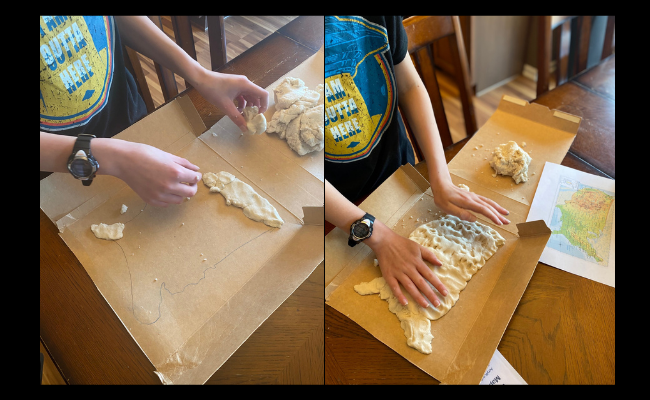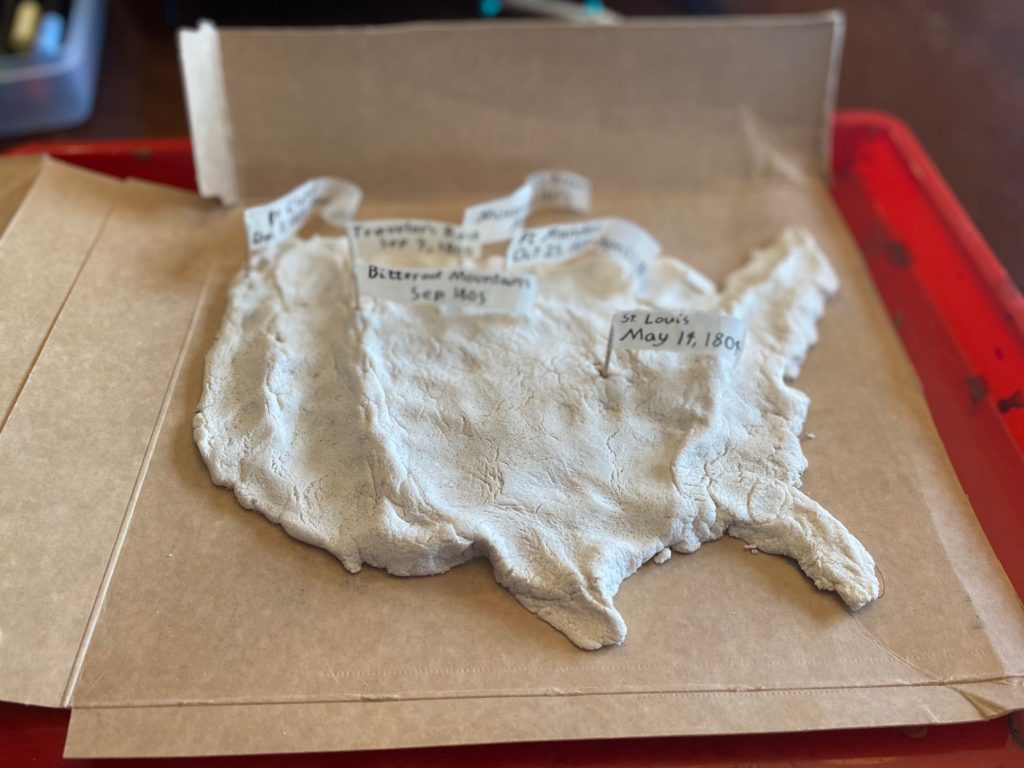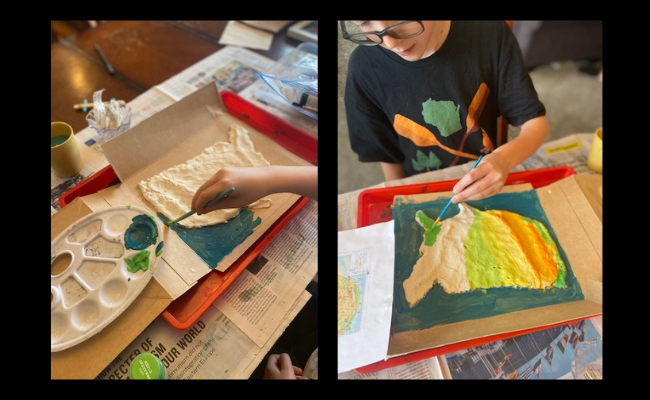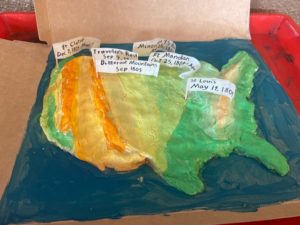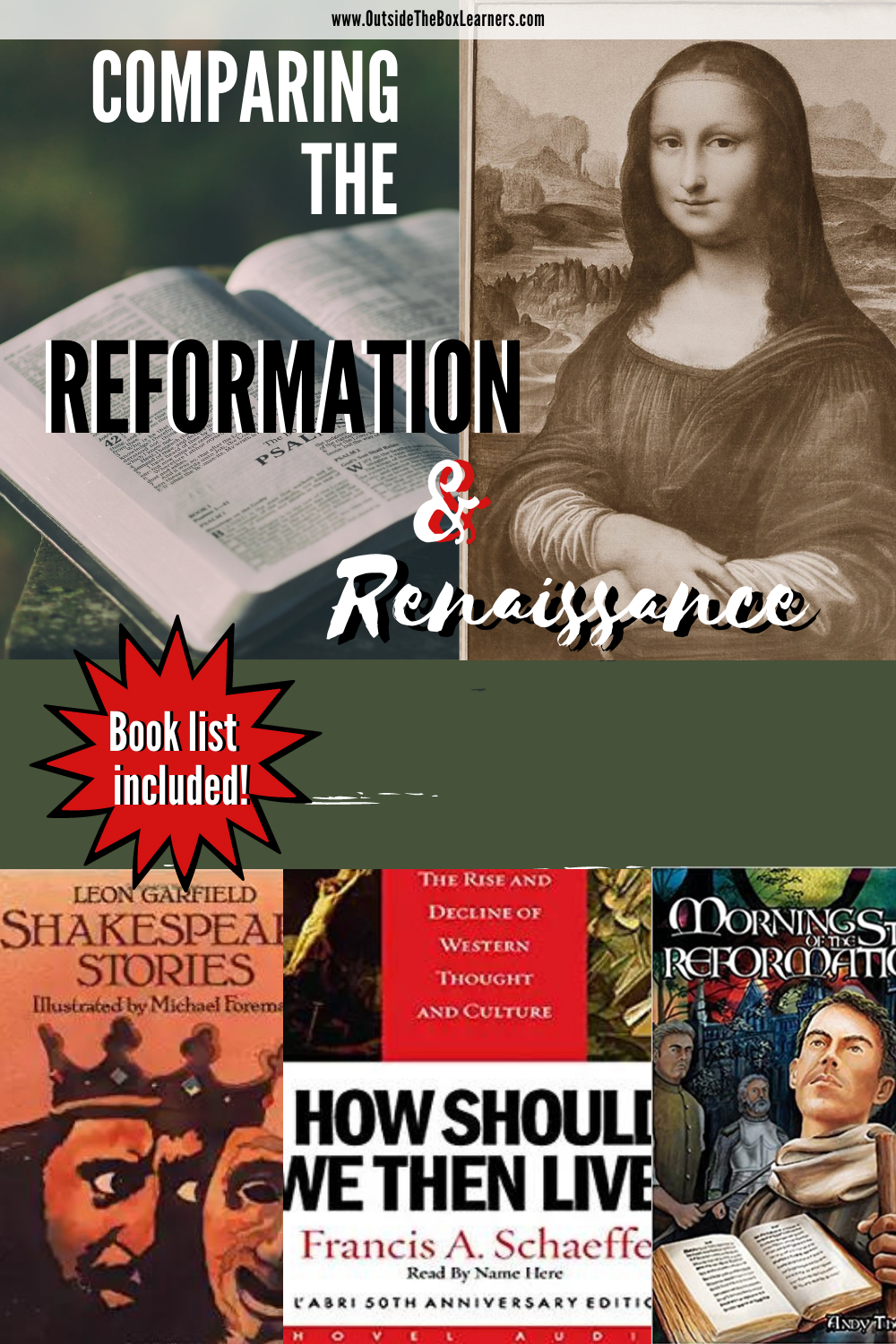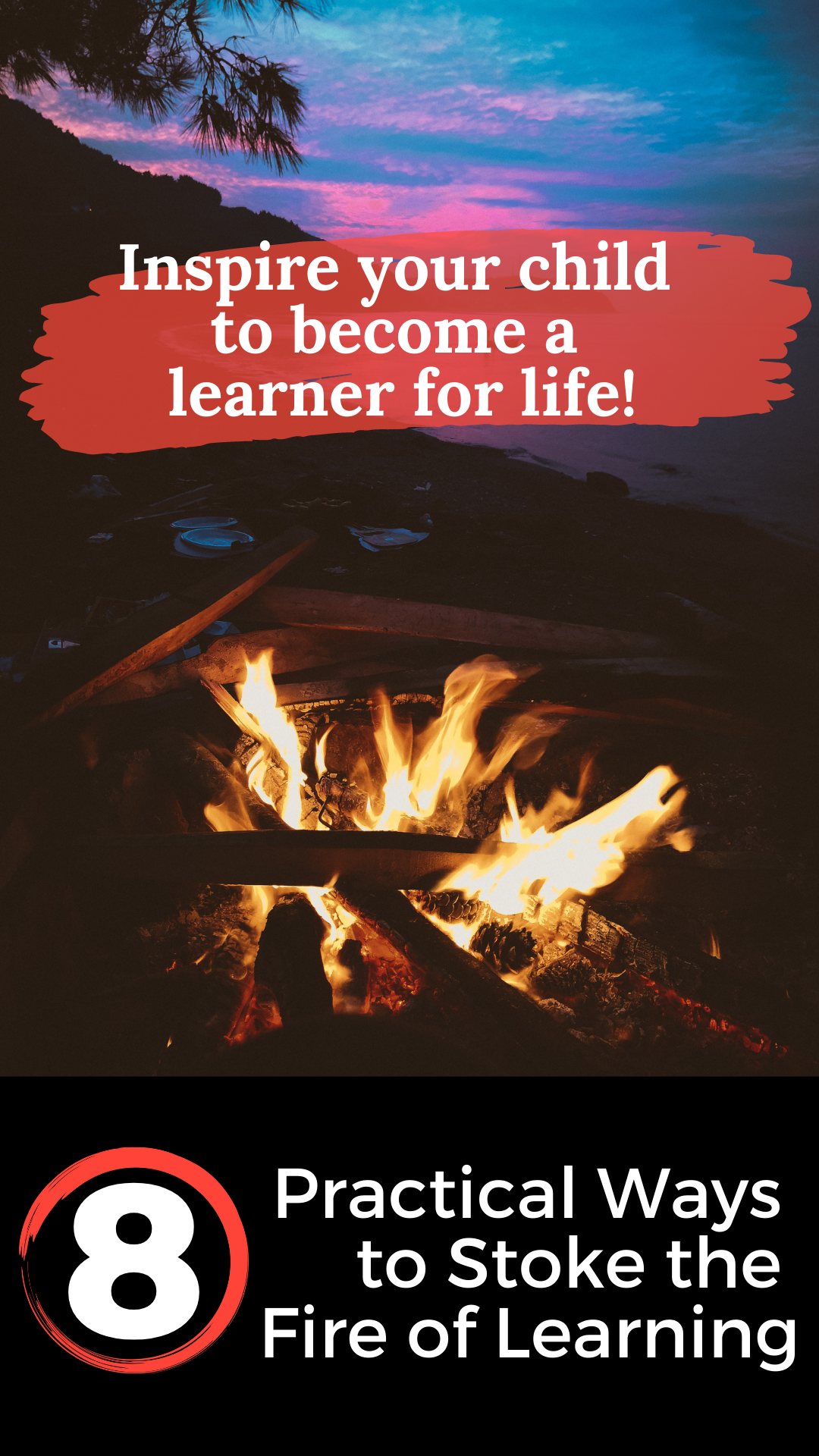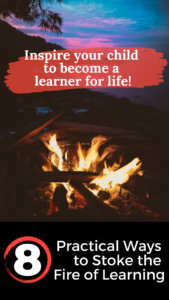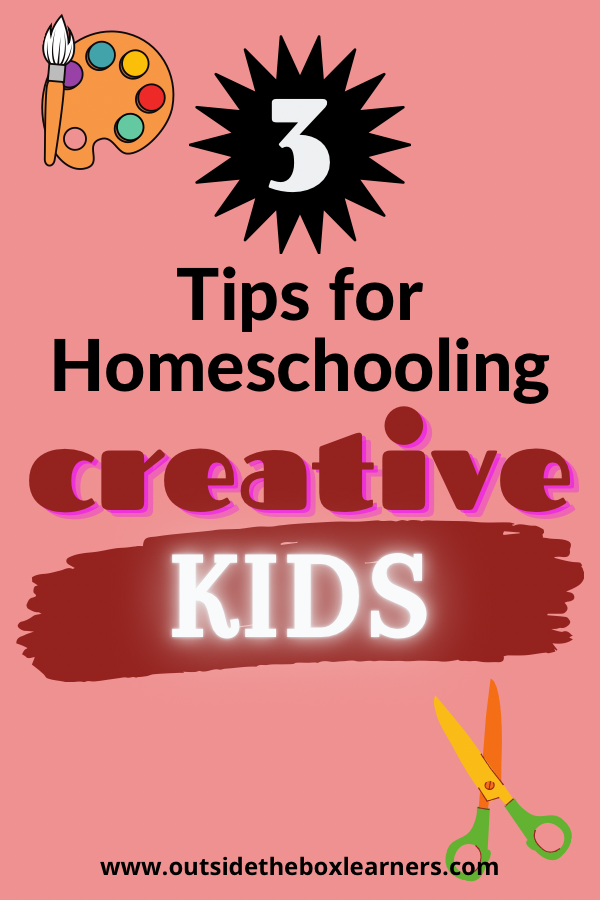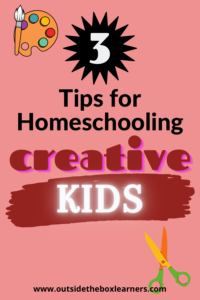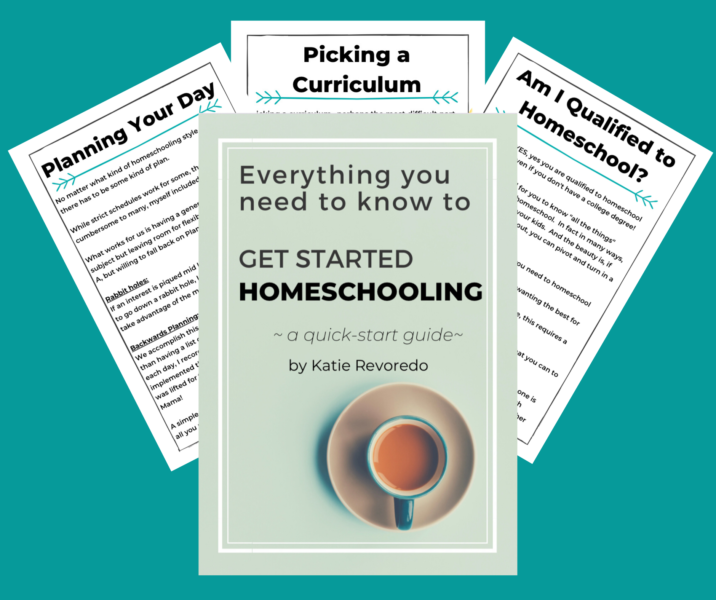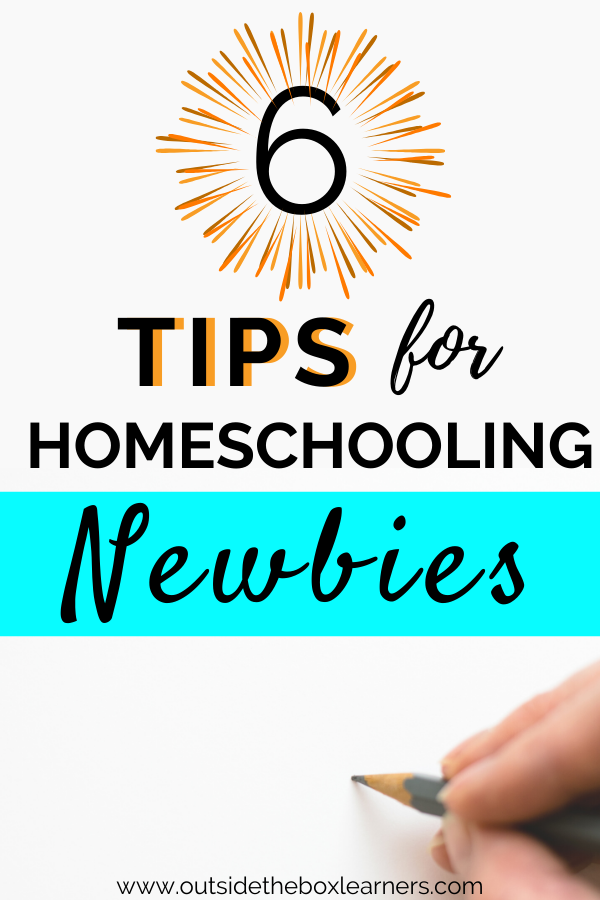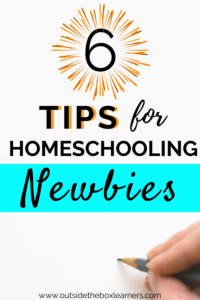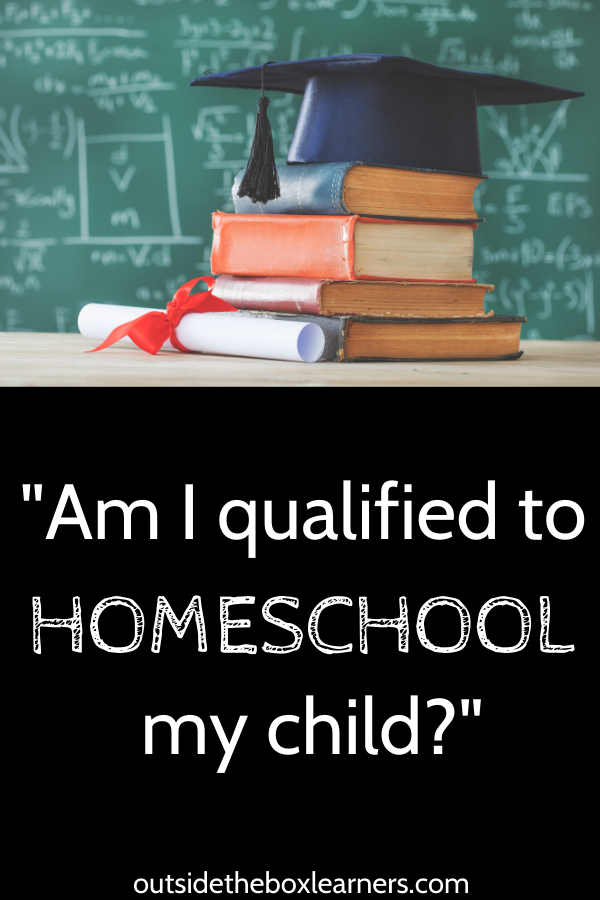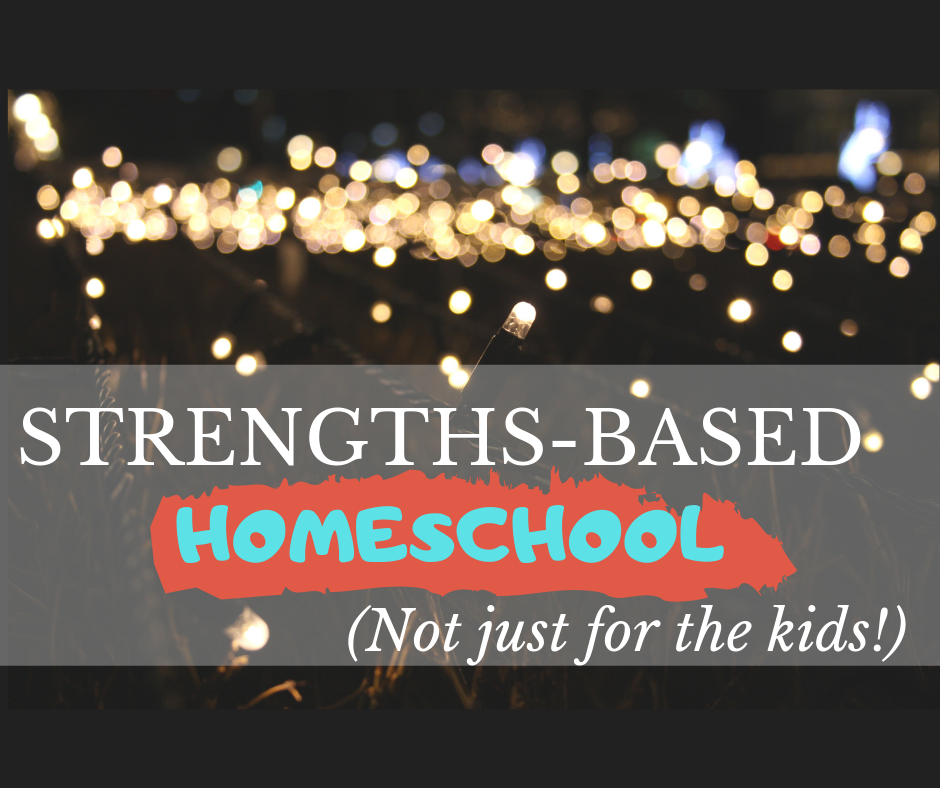Early American History Book List
For purposes of this blog post, we’ll say Early American History covers the landing of the Pilgrims (1620) through the early 1800s.
Some key events that took place during these years include: the Pilgrims coming over from England and colonies eventually getting established, the birth of a new country and the Revolutionary War (and the French Revolution), and the establishment of our new country’s government (constitution and government).
There are so many books that cover this time period. We use mostly living books. I’m only including books we read but there are so many to choose from!
This blog post contains affiliate links and any purchases made through such links will result in a small commission for me (at no extra cost to you).
Reference Books/Biographies
We purchased many of the following through Beautiful Feet Books, specifically their Early American History packs, and Amazon.

A Child’s First Book of American History by Earl Schenck Miers and illustrated by James Daugherty. This is a nice big book with big print and cool illustrations that focuses solely on American History. Good for all ages.
A Child’s History of the World by Virgil M. Hillyer. A great overview of history.
Picture Books
(These are best suited for the younger elementary years, but I read them to my older kids too!)

BenjaminFranklin by Ingri and Edgar D’Aulaire
George Washington by Ingri and Edgar D’Aulaire
The Fourth of July Story by Alice Dalgliesh
Winter at Valley Forge by James Knight
GEORGE VS. GEORGE: The American Revolution as Seen from Both Sides by Rosalyn Schanzer
Shh! We’re writing the Constitution by Jean Fritz
A More Perfect Union by Betsy and Giulio Maestro
Dear Benjamin Banneker by Andrea Davis Pinkney
A Voice of Her Own: The Story of Phillis Wheatley by Kathryn Lasky
Books for Later Elementary and Middle School:

The World of William Penn by Genevieve Foster
Poor Richard by James Daugherty
George Washington’s World by Genevieve Foster
Why Not, Lafayette by Jean Fritz
Pilgrim Stories by Margaret Pumphrey
Turning back the pages of time booklet by Kathy Keller (This is a great booklet to have on hand. It has lists of booklists on early American History.)
Historical Fiction:
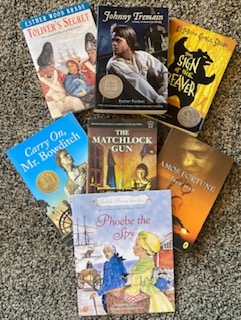
Amos Fortune Free Man by Elizabeth Yates
Fearless by Elvira Woodruff (Not pictured. Also not specifically American history but takes place in England in 1700 – and so it was neat to read a book taking place at the same time in a different part of the world.)
Sign of the Beaver by Elizabeth George Speare
Johnny Tremain by Esther Hoskins Forbes
Toliver’s Secret by Esther Wood Brady
Carry On, Mr. Bowditch by Jean Latham
The Cabin Faced West by Jean Fritz (not pictured)
Phoebe the Spy by Judith Berry Griffin (chapter book for younger kids)
Matchlock Gun by Walt Edmonds (chapter book for younger kids)
Other Resources to Study American History
Check out my other history book lists!
And… How We Do History – Textbook Free!
